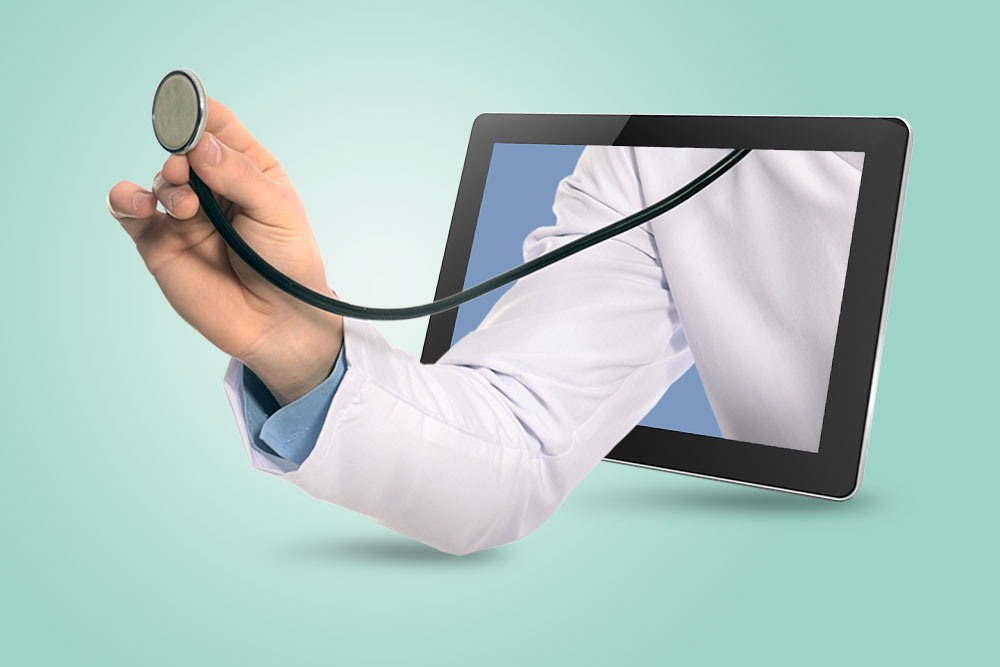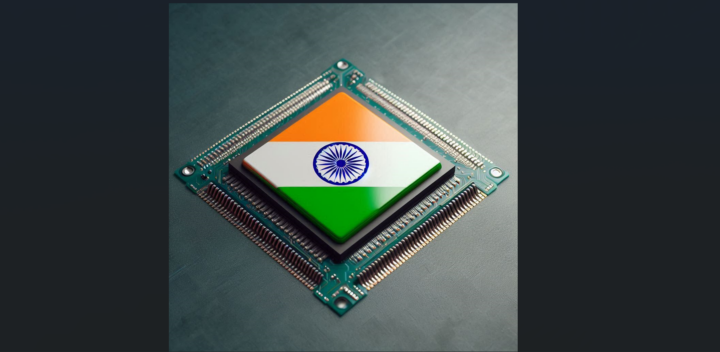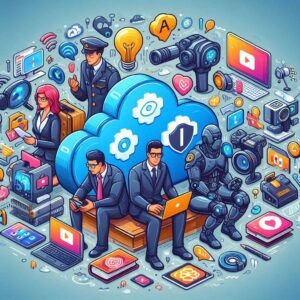With 5G’s progress infusing sectors like remote health, operators must leverage for monetisation with next-generation technologies like network orchestration tools.
A new Juniper Research study has predicted that the total number of 5G connections will touch 3.2 billion by 2026, growing from 310 million in 2021.
Read more: The Wonder of 5G: A Future of High Speed Connectivity
As businesses seek to monetise this significant growth in connections, Juniper foresees an acceleration in investments into standalone 5G networks to best position their services to manage future capacity.
Standalone 5G networks make use of next-generation technologies like network orchestration tools with the aim of enabling operators to monetise data-intensive use cases, for instance remote healthcare and mobile gaming.
Cloud services and 5G connectivity have been deemed to be key in facilitating local healthcare providers to benefit from remote teleconsultation technologies
In fact, cloud services and 5G connectivity have been deemed to be key in facilitating local healthcare providers to benefit from remote teleconsultation technologies.
Monetising Value Added 5G Services a Must for Operators
If operators want to monetise their 5G services by 2026, they must prioritise automating network orchestration tools. These tools help operators to adjust network conditions based on AI analysis of traffic, hence providing more bandwidth to connections that require it, and maintaining service performance.
Leveraging orchestration tools to retain a network’s highest throughput and lowest latency for connections that require it, is the answer
Juniper predicts that by 2026, the average revenue per 5G smartphone connection will drop to US$17 at a global level, from US$29 in 2021. This will considerably impact operator revenue.
To lessen this decrease, leveraging orchestration tools to retain a network’s highest throughput and lowest latency for connections that require it, is the answer.
This way, operators can justify charging a premium to these prioritised connections over regular 5G connections, hence stemming the declining average revenue.
5G Crucial for Teleconsultation Boost
Teleconsultation is a field that has seen a rise even before the pandemic started, enabling patients and healthcare providers to interact remotely with dedicated healthcare portals, apps, or consumer video calling platforms. Now, with this concept taking off in full swing, doctors are always available.
Another Juniper Research study predicts that the number of teleconsultations performed globally will touch 765 million in 2025, a number that is 422 million in 2021, representing 80% growth.
However, if these dedicated health platforms want teleconsultation services to become an integral element of healthcare provision, they must cultivate solutions that serve the varying capacities of regional healthcare sectors.
For example, American wireless network operator, T-Mobile, already claims to provide remote patient monitoring and care team collaboration in rural areas.
5G technologies can be used as a last-mile solution to underpin service provision in areas where Internet connectivity is sparse or inadequate
Here, cloud services and 5G connectivity become crucial to aid local healthcare providers to benefit from remote teleconsultation technologies.
For instance, tech startup People Power uses Artificial Intelligence (AI) for patient monitoring, relying on sensors that can send an alert in emergencies. Such advanced telemedicine innovations have been possible because of 5G, which can send data to the cloud and process data super fast.
As research author Adam Wears explained, “Teleconsultation services require high bandwidth, which is often unavailable in developing regions; limiting the impacts of services in these areas. However, the report predicts that 5G technologies can be used as a last-mile solution to underpin service provision in areas where Internet connectivity is sparse or inadequate.”
New Data-Intensive 5G Service Supporting Tech Crucial for APAC
Telemedicine has already spread throughout the digitally literate populations on the globe, with North America and Europe leading in market development. The average patient globally will use teleconsultation services 3.6 times per year.
This limitation within urban areas remains a challenge because of the need for mobile devices and connectivity, with 50% of teleconsultations predicted to occur in North America and Europe by 2025.
Operators in China, Japan and South Korea have all implemented lower subscription costs, which have accelerated 5G adoption, thus enabling these subscribers to explore novel services that require 5G connectivity
However, 5G-compatible smartphones are projected to account for over 50% of smartphone sales revenue by 2025, rising to US$337 billion from US$108 billion in 2021.
At the same time, 60% of global 5G connections are predicted to be located in the Asia Pacific region by 2026. Technologies such as network orchestration and mmWave frequencies, which support data-intensive 5G services, will be crucial in forming an ecosystem in the APAC region.
This ecosystem will allow mobile subscribers to take advantage of 5G networks for emerging mobile services, while network performance is maintained.
As report co-author Dave Bowie says, “Operators in China, Japan and South Korea have all implemented lower subscription costs, which have accelerated 5G adoption, thus enabling these subscribers to explore novel services that require 5G connectivity.”
Healthcare Providers Can Save Billions with Telemedicine
For healthcare providers of today and tomorrow, telemedicine technologies have the potential of delivering significant cost savings, worth over US$21 billion by 2025 globally, according to Juniper.
The prediction is that as consumer healthcare wearables integrate into teleconsultation services, healthcare providers will be able to attain patient health data sans contact
The prediction is that as consumer healthcare wearables integrate into teleconsultation services, healthcare providers will be able to attain patient health data sans contact. With 5G, this possibility will speed up, and not just in the urban areas.












